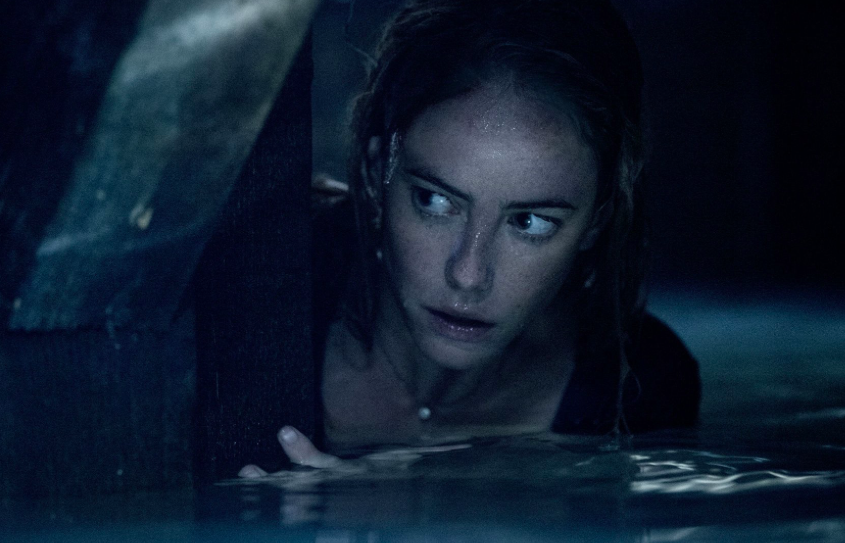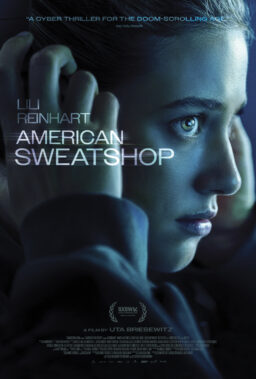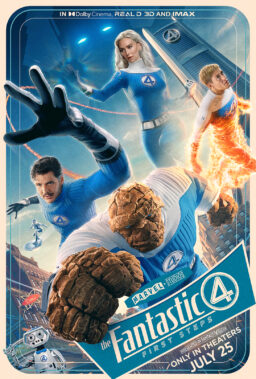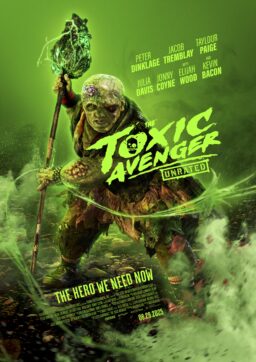When I was a college student in Dallas in the 1980s, my favorite theater was the Big Town, which showed second-run movies for a dollar. It was located in a small, run-down mall that probably hadn’t been thriving for 10 years. By the time I started going there, there were potholes and canyon-sized cracks in the parking lot that were never going to be fixed, so you just made a mental note to drive around them. Most of the storefronts were boarded up, and the handful of spaces that were occupied were Mom and Pop businesses. There were people in the parking lot on the way in selling churros and pralines and BBQ they’d cooked in the backs of pickup trucks. One time a chicken got loose and ran through the mall. Kids chased it like it was Rocky Balboa in a training montage.
“Crawl” would have played at the Big Town for three months, and I would have probably seen it four times.
That’s not the same thing as saying it’s a “great movie,” mind you—just that it’s perfect for what it is: a sturdy B-picture made with skill and sincerity. Kaya Scodelario stars as Haley Keller, an accomplished high school swimmer who gets a call from her sister in Boston telling her that their father Dave (Barry Pepper), who lives in the swamp, is not replying to her phone calls. Sis is worried because a hurricane is approaching. Haley takes it upon herself to sneak past a police roadblock to check on dad and discovers him injured in a crawlspace and penned in by an alligator. She goes down there to help him, but the gator traps them, and wouldn’t you know it, a second alligator shows up. The hurricane gets closer, the floodwaters rise, and the movie keeps adding gators.
Directed by Alexandre Aja, who has made a number of lively modern B-pictures including “Piranha 3D,” this is a rare medium-budget merger of the horror movie and the disaster picture that knows how to have fun without winking at the audience every two minutes. The thrills come out of the escape-room-type situations and the ingenious ways in which the main characters try to solve them without getting a limb bitten off. The only two important characters are Haley and Dave, enacting an impromptu family therapy session while trying not to get eaten. In standard horror movie fashion, the hurricane and the alligators become subtext made manifest, representing emotions and issues that the father and daughter haven’t dealt with. But for the most part, they represent floodwaters and alligators, which is fine.
I appreciated that the threat in “Crawl” is simply alligators, and not genetically modified intelligent alligators, or giant prehistoric alligators, or supposed alligators that are really alien seed-pods that erupted because the moon and the sun were in alignment. There is a sense of conceptual as well as budgetary inflation in recent genre movies now that is doing a lot more harm than good. Sometimes it’s OK to just let an alligator be an alligator. The reasonable, natural scale of the threat makes the psychological aspects of the main relationship (nicely underacted by Scodelario and Pepper, in a 1960s macho adventure movie style) more believable. The supporting players are mainly there to be eaten, and this, too, is fine. The film knows when to end, an increasingly rare skill.
Personal note: “Crawl” is written by Michael and Shawn Rasmussen, the former of whom attended SMU film school with me. By “film school,” I mean “film program,” as the bare-bones production program wasn’t much to brag about, but the experience did give me a revelation courtesy of Mike, which is that certain people are born to make movies and other people have to work at it. Mike was in basic film production with me, and we had to make three short films. Mike’s second movie was about a young man who was in a house late at night and realizes somebody is in there with him, and ends up pursuing a shadowy figure into the crawlspace. When the creature finally crawls close enough for his features to be discernible, the hero realizes that he is being stalked by himself. Every shot in the film was ingenious, none was wasted, and even though the movie was silent, per the instructor’s rules, Mike directed it in such a way that you could imagine the sounds, and maybe the score. It was so assured that the film instructor didn’t have any notes. He just asked Mike how he did all the shots.
I like to think of “Crawl” as a film 30 years in the making.












